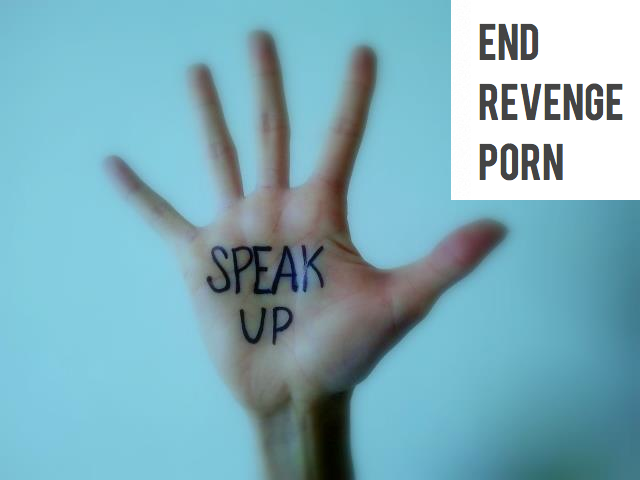|
Many researchers who try to understand sexual development from a public health perspective have two choices for framing their research agenda: prevention of risk behaviors or promotion of positive behaviors. I’m interested in combining the two. I aim to understand how young people both prevent pregnancy, STIs, sexual assault, and teen dating violence as well as promote positive body image, pleasurable and satisfying relationships, and sexual agency to make the sexual choices they want to make on their own terms. More than half of all individuals are sexually active by age 18 (1), which suggests we should be more focused on sexual behavior as normative and therefore in need of understanding, instead of in need of preventing. Sexual health requires a positive and respectful approach to sexuality and sexual relationships, as well as the possibility of having pleasurable and safe sexual experiences, free of coercion, discrimination, and violence (2).
4 Comments
I’ve been getting requests from parents over the past year, to write a post about talking to kids about sexuality. It really is impossible to boil down all the relevant information a parent needs to talk about sexuality with their kids into a single blog post for several reasons: 1. Each child is going to require different discussions at different points throughout childhood; 2. You wouldn’t emphasize all the same points to a girl as you would a boy or a child that is struggling with their gender identity; 3. You wouldn’t approach discussions about sexuality with a wallflower child as you would a social butterfly; 4. If your child has experienced sexual abuse, he/she would need different care that this post cannot address; 5. If your child is a sexual minority he/she is going to need some different conversations than a heterosexual child. However, there are some basics that everyone at any age can handle. There are also some points that I like to emphasize that are rarely if ever emphasized in standardized sexuality education programs or even parent-child communication programs. I also believe these points can be made regardless of the sexual values you have for your family. Here are a few “tip of the iceberg” pointers:
I've been getting lots of requests for videos aimed at teens that can help explain some of the topics I cover in my workshops. I came across this wonderful series of videos that do just that. They cover several sexual and romantic topics from a scientific perspective. Enjoy! The Science of Love The Science of Heartbreak The Science of 'Plan B' Emergency Contraception Childbirth vs. Getting Kicked in the Balls The Science of Pornography Addiction The Science of Morning Wood The Science of Orgasms Some excellent progress has been made to put an end to revenge porn this week. Revenge porn is essentially an image or video of someone who is nude or engaging in sexual activity, that is posted on the internet without the consent of the person in the image or video. Last month, Erica Goode at the New York Times wrote about the experiences of female victims with ex-partners who decided to get "revenge" on them by posting private nude images online. Now, there will be a criminal penalty for anyone in California who is convicted of posting sexual images of someone online without their consent, thanks to the Anti-Revenge Porn Bill that was signed into action on Tuesday, October 1, 2013. Before this law, if someone wanted to pursue legal action toward someone who posted images without their consent, they had to go through costly civil court proceedings to sue for defamation of character and/or privacy infringement.
I just read a hilarious account of one woman’s experience of
having sex with her husband every day for a year. Ummm, who has that kind of time?! Her main motivation was to work through some body image issues. However, this has become a trend as more sex therapists like this one and also this one have started to “prescribe sex” to increase desire for sex. One couple may have helped to pioneer this trend when they wrote a book about their experience of 365 nights of sex. The idea is to “fake it before you make it”. They say it takes 21 days of doing something before it becomes habit. 21 days of sex is much more doable than 365! Think of it like starting an exercise program. You hate it in the beginning, but then it just becomes a part of your routine. However, Please don’t confuse having sex (with someone you love and trust) when you don’t desire to for non-consensual sex. There are many reasons couples have sex, one is relationship maintenance. This is when you have sex to please your partner even when you aren’t actually in the mood. This is a form of consensual, unwanted sex. In the academic world, it is known as sexual compliance. Understanding this and deciding to have “mutual unwanted sex” can be helpful for relationships that are ebbing instead of flowing. As I’ve learned from Esther Perel, desire doesn’t come naturally after years with the same person. So if you wait around until you have an urge, it could be awhile. Therefore, you’ve got to make an effort to create the sparks you want. I hope you are inspired by the information in this blog and attempt to get it on every day for [insert tolerance level in the form of a number] days with your significant other! |
About this Blog:I'm here to help us discuss sexuality, gender, and media by integrating information from academic and mainstream sources. I hope this resource produces more sexually competent people who raise sexually competent kids. Categories
All
|



